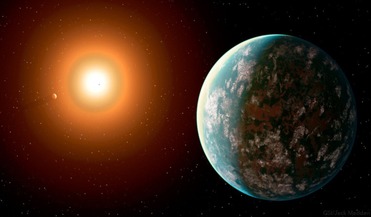 02 August 2019
Newly found exoplanet may be suitable for life
02 August 2019
Newly found exoplanet may be suitable for life
... larger than our planet. Known as GJ 357 b, this scorching world orbits 11 times closer to its star than Mercury does our Sun. Without accounting for the additional warming effects of a possible atmosphere, this gives this...
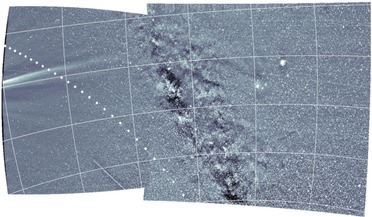 06 December 2019
Parker Solar Probe reveals major new insights on the Sun
06 December 2019
Parker Solar Probe reveals major new insights on the Sun
In some daring flybys that took it closer to the Sun than Mercury, NASA’s Parker Solar Probe has uncovered features that will fundamentally change our understanding of the Sun ...
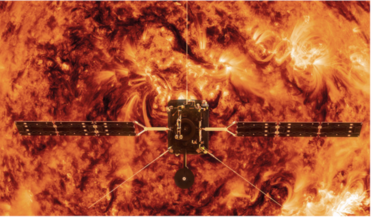 07 February 2020
ESA's Solar Orbiter mission set to launch on 10 February
07 February 2020
ESA's Solar Orbiter mission set to launch on 10 February
... Orbiter will come within about 42 million kilometres of the Sun: closer than the scorched inner planet Mercury, where it will face blistering temperatures of up to 500°C. Solar Orbiter’s mission objective is to collect data on the Sun’s turbulent...
 11 March 2020
Ultra-hot exoplanet literally rains iron say astronomers
11 March 2020
Ultra-hot exoplanet literally rains iron say astronomers
... kelvin (1727 degrees celsius) or more, due to the amount of radiation received from their host star. In comparison, Mercury, the closest planet to the Sun in our Solar System, has a day side temperature of around 700 K (427...
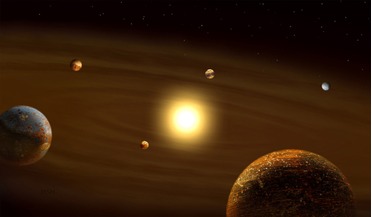 17 April 2020
A six-planet system is discovered and more could be hiding say astronomers
17 April 2020
A six-planet system is discovered and more could be hiding say astronomers
.... So compact that the distance of the outermost planet to its star is 2.6 times smaller than the distance between Mercury and the Sun. Furthermore say the team, headed by Nathan C. Hara, a researcher at the Department of astronomy of the...
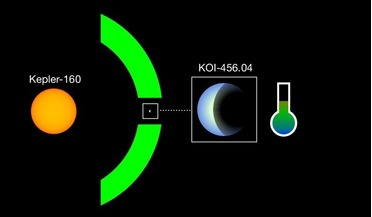 05 June 2020
Exciting exoplanet find around sun-like star
05 June 2020
Exciting exoplanet find around sun-like star
... star. This close proximity means their surfaces have more in common with planets such as Venus and Mercury where scorching temperatures bake the planets crust. But, after noticing tiny variations in the orbital period...